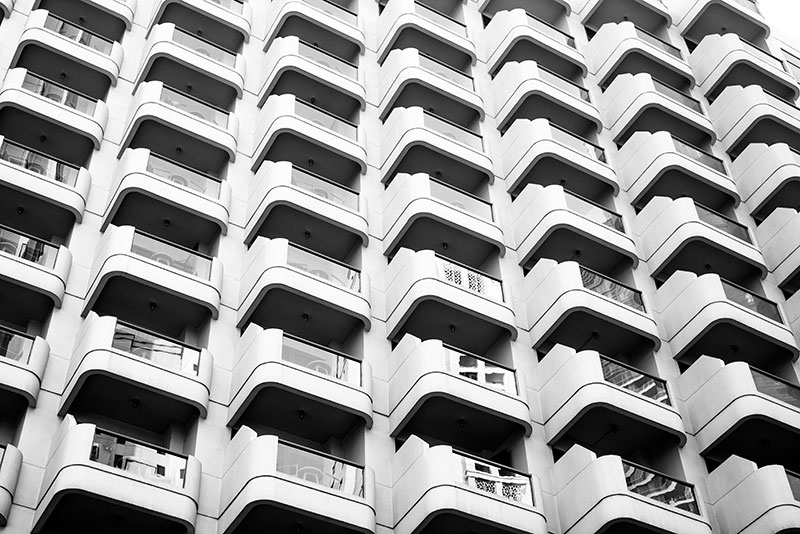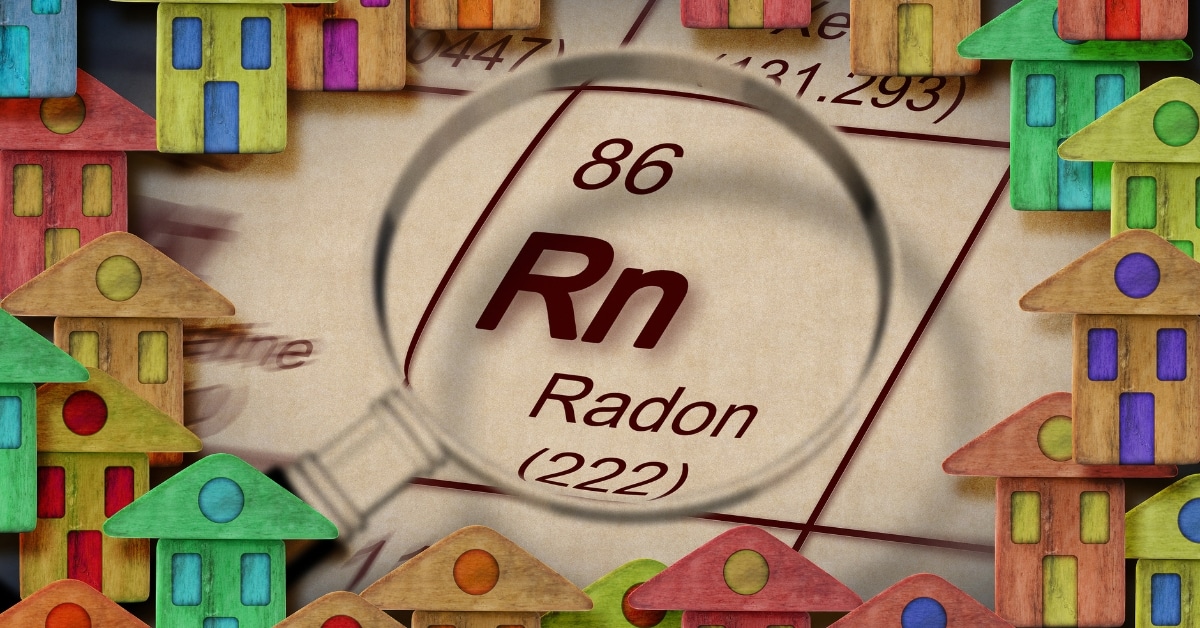
Condominium vs. Appartement : En quoi sont-ils différents ?
02 septembre, 2020
La recherche d’une maison à louer ou à acheter se heurte à une multitude d’annonces. Si la différence entre les maisons et les appartements est évidente, il n’est pas toujours facile de faire la différence entre un condominium (condo) et un appartement. En fait, certaines personnes ont même tendance à penser que les deux termes désignent le même type d’immeuble résidentiel.
Bien qu’ils puissent sembler similaires en termes d’aspect extérieur, de conception et de spécifications, ces deux types de propriétés diffèrent en fait. Leurs différences peuvent avoir une incidence sur votre mode de vie et sur votre mode de fonctionnement au quotidien. Il est donc essentiel de choisir une option qui répond à vos besoins individuels.
Le présent article expose quelques-unes des différences fondamentales entre les appartements et les condos afin de vous aider à prendre une décision judicieuse.

1. La Propriété
La différence la plus notoire entre un appartement et un condo est la propriété, car elle a également un impact sur la gestion globale de la propriété. Alors que la plupart des condominiums sont gérés par une association de propriétaires, chaque logement du condo a un propriétaire distinct. Le plus souvent, vous avez la possibilité d’acheter un condo comme vous le feriez pour une maison standard.
Si vous choisissez alors la location, il se peut que votre propriétaire ne soit pas le même que celui du logement voisin. La seule différence est que tous les propriétaires de l’immeuble collectif se réunissent pour partager la responsabilité des zones communes telles que les allées.
La propriété des appartements est tout à fait différente puisqu’un appartement individuel ne peut pas être acheté séparément. L’ensemble de l’immeuble d’appartements aura un seul propriétaire et les logements seront loués à des personnes différentes.
Contrairement aux condos qui sont gérés par une association de propriétaires, la plupart des appartements sont gérés par une société tierce qui rend compte directement au propriétaire de l’immeuble. Même si vous choisissez de louer un appartement pour un nombre d’années déterminé, vous négocierez très probablement avec la compagnie gestionnaire et non avec le propriétaire de l’immeuble.
2. Les Frais
Dans la plupart des régions du Canada, le loyer standard d’un appartement comprend le premier et le dernier mois de loyer ainsi qu’une caution. Si vous décidez de prendre un animal de compagnie dans l’appartement, vous devrez peut-être payer des frais pour cet animal. La caution est en principe équivalente à un mois de loyer, tandis que les frais pour animaux domestiques dépendent du gestionnaire de l’appartement.
Les frais de dossier sont également applicables si vous souhaitez louer un appartement. Ces frais sont exigés avant la signature du contrat de bail.
Ils couvrent quelques dépenses essentielles, telles que le crédit en cours, les rapports criminels et d’expulsion, pour confirmer que vous êtes un locataire sérieux, ainsi que les frais administratifs liés à la vérification de votre emploi, de vos revenus, de vos références et de votre historique de location.
Étant donné que chaque logement d’un condo appartient à une personne différente, c’est au propriétaire individuel de déterminer les frais du condo. Par conséquent, les frais de chaque logement peuvent varier. Certains propriétaires de condos peuvent exiger une caution mais pas de frais pour les animaux domestiques, tandis que d’autres peuvent vous permettre d’emménager même sans payer la caution.
Il vous incombe de négocier et de conclure un accord avec le propriétaire du condo. La seule redevance standard applicable à tous les logements en copropriété sera la redevance de l’association des propriétaires utilisée pour l’entretien des espaces communs.
3. Les Équipements
Tous les logements des immeubles d’habitation sont pour la plupart dotés de caractéristiques standard identiques. Parfois, les plans d’étage et les aménagements peuvent être différents si le propriétaire de l’appartement investit dans des rénovations.
Parmi les équipements des appartements partagés, on trouve une aire de jeux, une piscine, une salle de sport, une salle commune, un parking et une laverie commune.
Les équipements collectifs des condos sont assez semblables à ceux des appartements, mais les choses peuvent être un peu différentes dans les différents logements.
Les aménagements des logements individuels peuvent être plus uniques et hautement personnalisés pour augmenter la valeur immobilière. Parfois, vous pouvez voir des appartements en copropriété avec des planchers en feuillus, des plafonds voûtés et des plans de travail en granit.
Articles relatifs

Inspection préachat : ce qu’il faut savoir

Qu’est-ce que le Radon ?

Les Inclusions Qui Ont un Meilleur Attrait pour les Acheteurs de Propriétés au Québec

Les quartiers les plus sécuritaires pour élever une famille au Québec

L’ABC d’un coin café à la maison

Comment bien collaborer avec son courtier immobilier dans la vente de sa maison

Est-ce avantageux de rembourser son hypothèque rapidement ?

Emprunter pour rénover : quel type de prêt choisir?

4 erreurs à éviter quand vous êtes acheteur d’une maison pour la première fois
